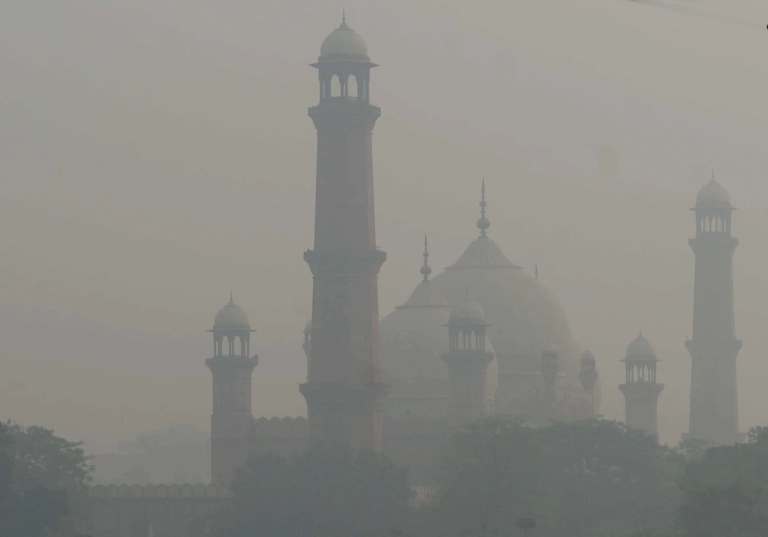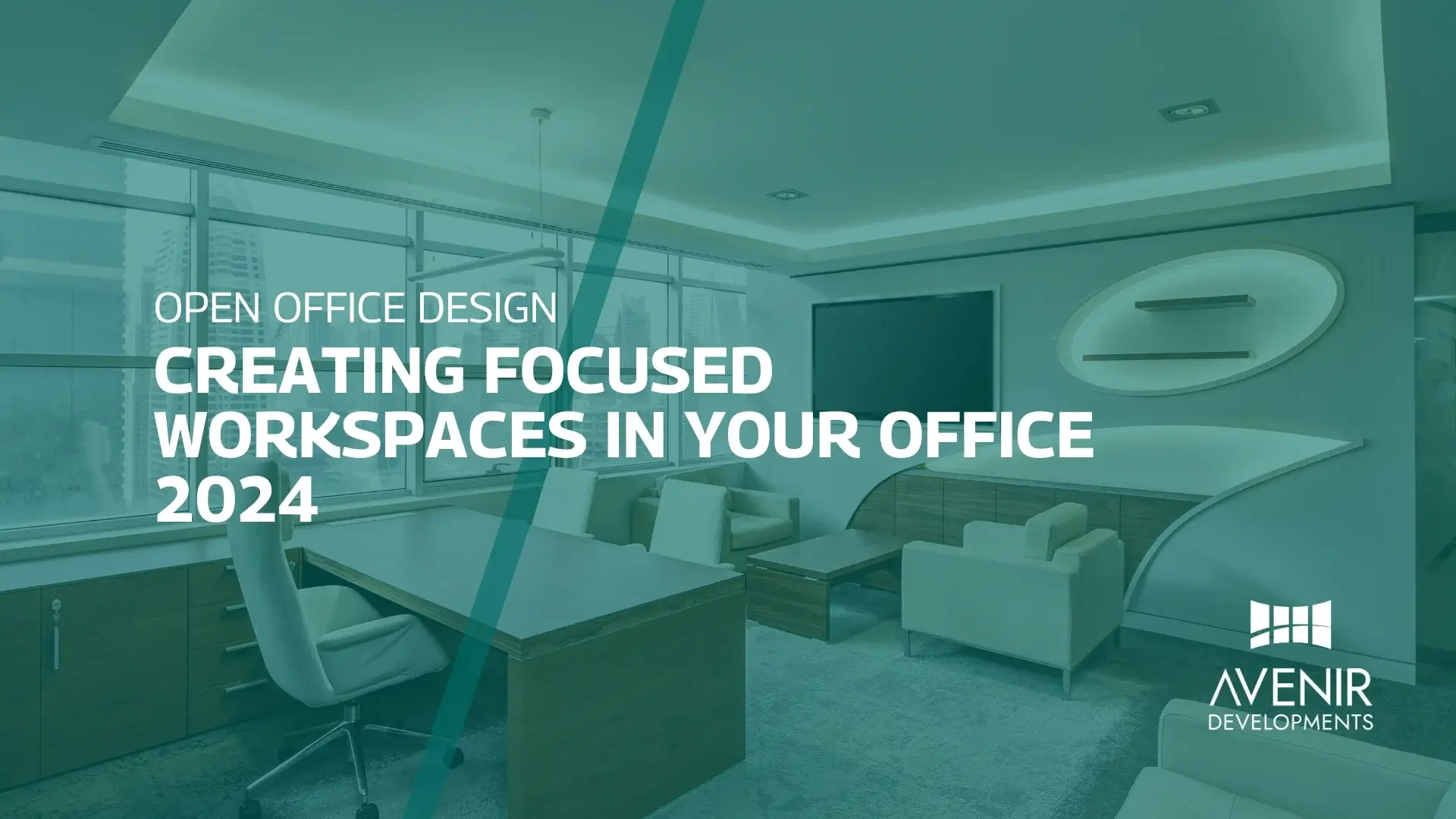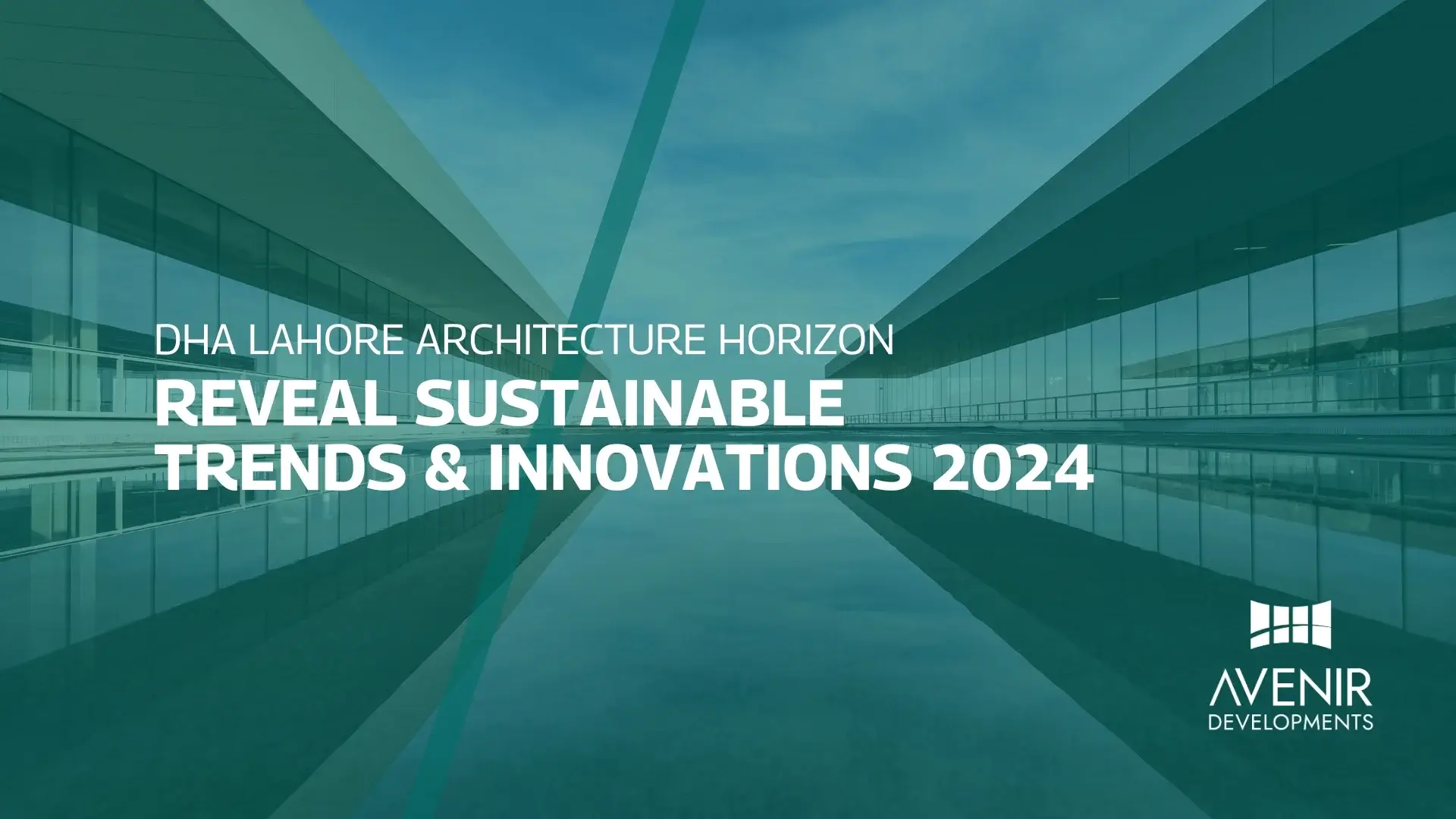Here in Islamabad, we’re lucky to breathe a little easier than our friends across the Ravi River in Lahore. But that doesn’t mean I don’t worry about them every winter when the news fills with stories about the city’s infamous smog. Just last month, my cousin who lives in Lahore had to cancel their family’s Diwali celebrations because the air quality was so bad. It’s a situation that not only impacts public health but also the city’s vibrant culture.
So, today on the Avenir Developments blog, we’re taking a deep dive into the causes of smog in Lahore. We’ll explore the science behind this environmental crisis, analyze the latest trends, and even answer some frequently asked questions. By understanding the problem better, we can hopefully find solutions and work towards a future where Lahore can reclaim its title as the “City of Gardens.”
What is Smog and Why Does it Matter?
Smog, a combination of smoke and fog, is a type of air pollution that reduces visibility and harms human health. It’s a complex mix of pollutants, including:
- Fine particulate matter (PM2.5): These microscopic particles lodge deep in our lungs, causing respiratory problems and even heart disease.
- Ground-level ozone: This gas irritates the lungs and can trigger asthma attacks.
- Nitrogen oxides: These contribute to smog formation and can also damage lung tissue.
Lahore’s smog problem is particularly severe because of several factors, including its geographical location, weather patterns, and human activities. Let’s delve deeper into these factors in the next section.
The Perfect Storm: Why Lahore’s Air Gets So Bad
Several factors contribute to Lahore’s winter smog crisis. Here’s a breakdown of the key culprits:
1. Industrial Emissions: Lahore is a major industrial hub, with factories releasing pollutants like sulfur dioxide and nitrogen oxides into the air. These emissions react with sunlight to form smog.
2. Vehicular Emissions: The city’s ever-increasing traffic congestion adds significantly to air pollution. Older vehicles with poor emission control systems spew out harmful pollutants, further worsening the situation.
3. Brick Kilns: The brick kiln industry in the surrounding areas is another major source of air pollution. These kilns often use low-quality fuel, releasing large amounts of particulate matter into the air.
4. Crop Burning: Burning agricultural waste after harvest, a common practice in neighboring regions, contributes to transboundary air pollution, with smoke carried by winds to Lahore.
5. Meteorological Conditions: Lahore’s winter months experience a phenomenon called “temperature inversion.” This traps cooler air closer to the ground, preventing pollutants from dispersing. The lack of winter rain further exacerbates the problem.
Recent Trends and Developments:
The good news is that the issue of smog in Lahore is finally getting the attention it deserves. The government has implemented several initiatives in recent years, including:
- The National Clean Air Action Plan (NCAP): This plan aims to reduce air pollution in major cities like Lahore by 20% by 2025.
- Gradual shift to cleaner fuels: Efforts are underway to promote the use of Euro-IV compliant vehicles and cleaner fuels like Compressed Natural Gas (CNG) in public transport.
- Investing in renewable energy: The government is encouraging the use of solar and wind energy to reduce reliance on fossil fuels for power generation.
However, challenges remain:
- Implementing the NCAP effectively requires long-term commitment and sustained investment.
- Stricter enforcement of environmental regulations is needed to hold industries and individuals accountable.
- Public awareness campaigns must be more widespread to encourage behavioral changes that contribute to cleaner air.
Smog in Lahore: Your Questions Answered
Here are some of the most common questions I hear about Lahore’s smog problem:
Q: Is the smog in Lahore seasonal?
A: Yes, smog is most severe during the winter months (November to February) due to temperature inversions and a lack of rain.
Q: How does smog affect my health?
A: Exposure to smog can cause a variety of health problems, including respiratory illnesses, heart disease, and even cancer. Children, older adults, and people with pre-existing health conditions are most vulnerable.
Expert Tips for Navigating Lahore’s Smog
Living in a city with smog can be challenging, but there are steps you can take to protect yourself and your family. Here are some expert tips based on my experience living in a polluted city and following environmental news:
- Invest in air purifiers: Air purifiers with HEPA filters can significantly improve indoor air quality by removing harmful pollutants.
- Monitor air quality: Several online resources and mobile apps provide real-time air quality data for Lahore. Use this information to plan your activities and stay indoors when the air quality is particularly bad.
- Mask Up: Wearing a well-fitting N95 mask can help filter out harmful particulate matter when you’re outdoors.
- Embrace a healthy lifestyle: Eating a healthy diet rich in antioxidants and getting regular exercise can strengthen your body’s defenses against the harmful effects of air pollution.
- Advocate for change: Get involved in local environmental groups and support policies that promote cleaner air. Together, we can make a difference.
A Breath of Fresh Air for the City of Gardens
The smog crisis in Lahore is a complex issue with no easy solutions. However, by understanding the causes, staying informed about recent trends, and taking action to protect ourselves, we can work towards a cleaner and healthier future for Lahore.
Here at Avenir Developments, we believe that sustainable design and construction practices are crucial for creating healthy and livable cities. We’re committed to using eco-friendly materials, promoting energy efficiency, and incorporating green spaces in our projects.
While we may not be able to single-handedly solve Lahore’s smog problem, we can all play a part in creating a more sustainable future.
Call to Action: If you’re interested in learning more about sustainable architecture and how Avenir Developments can help you create a healthy and eco-friendly home, don’t hesitate to contact us on WhatsApp or by calling +923001101103. Together, let’s build a future where Lahore can once again live up to its name as the “City of Gardens.”







